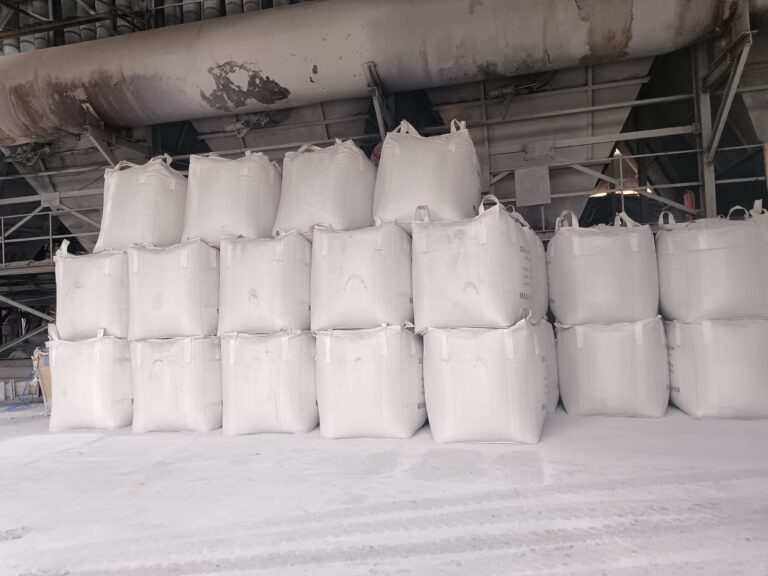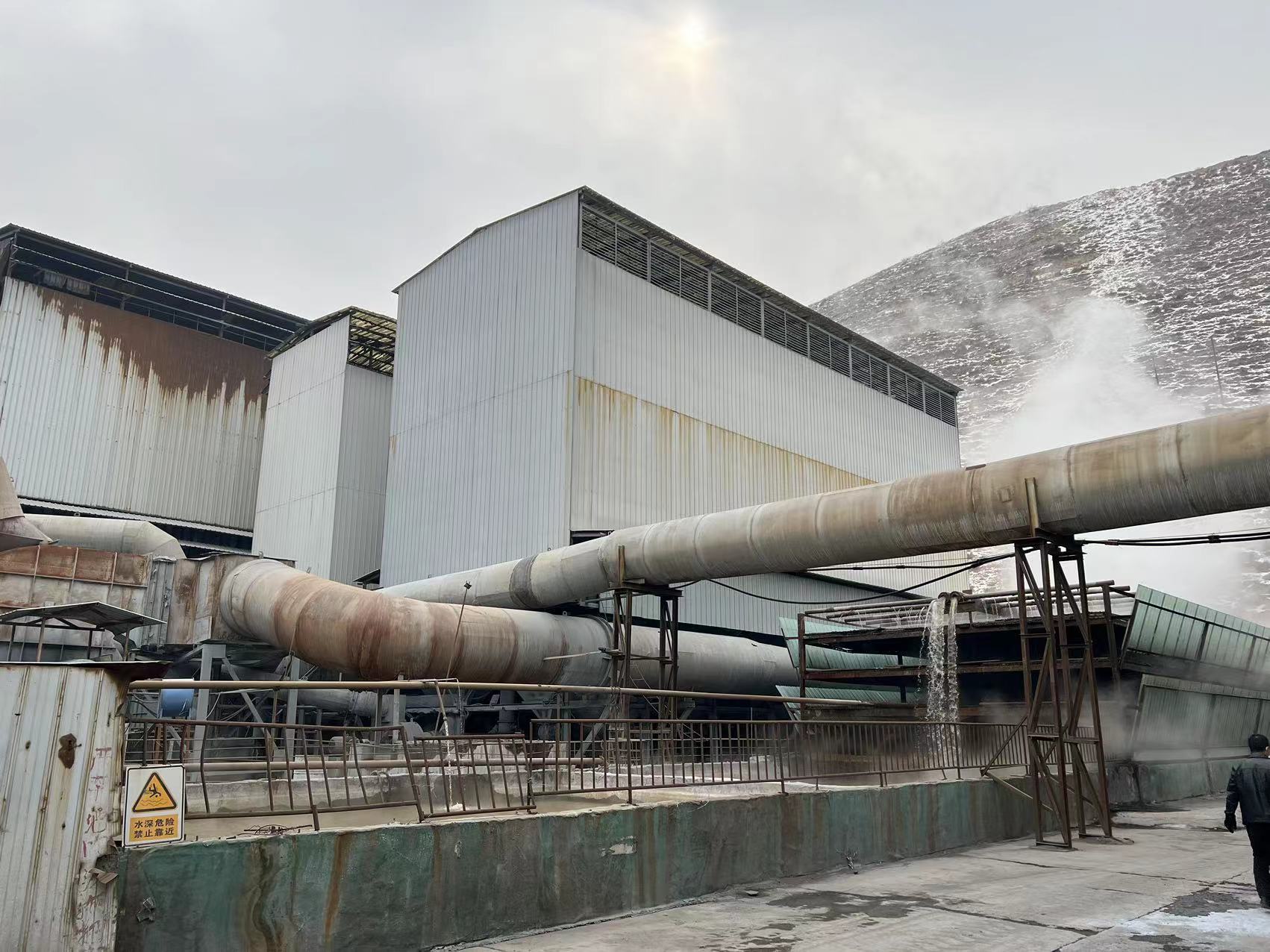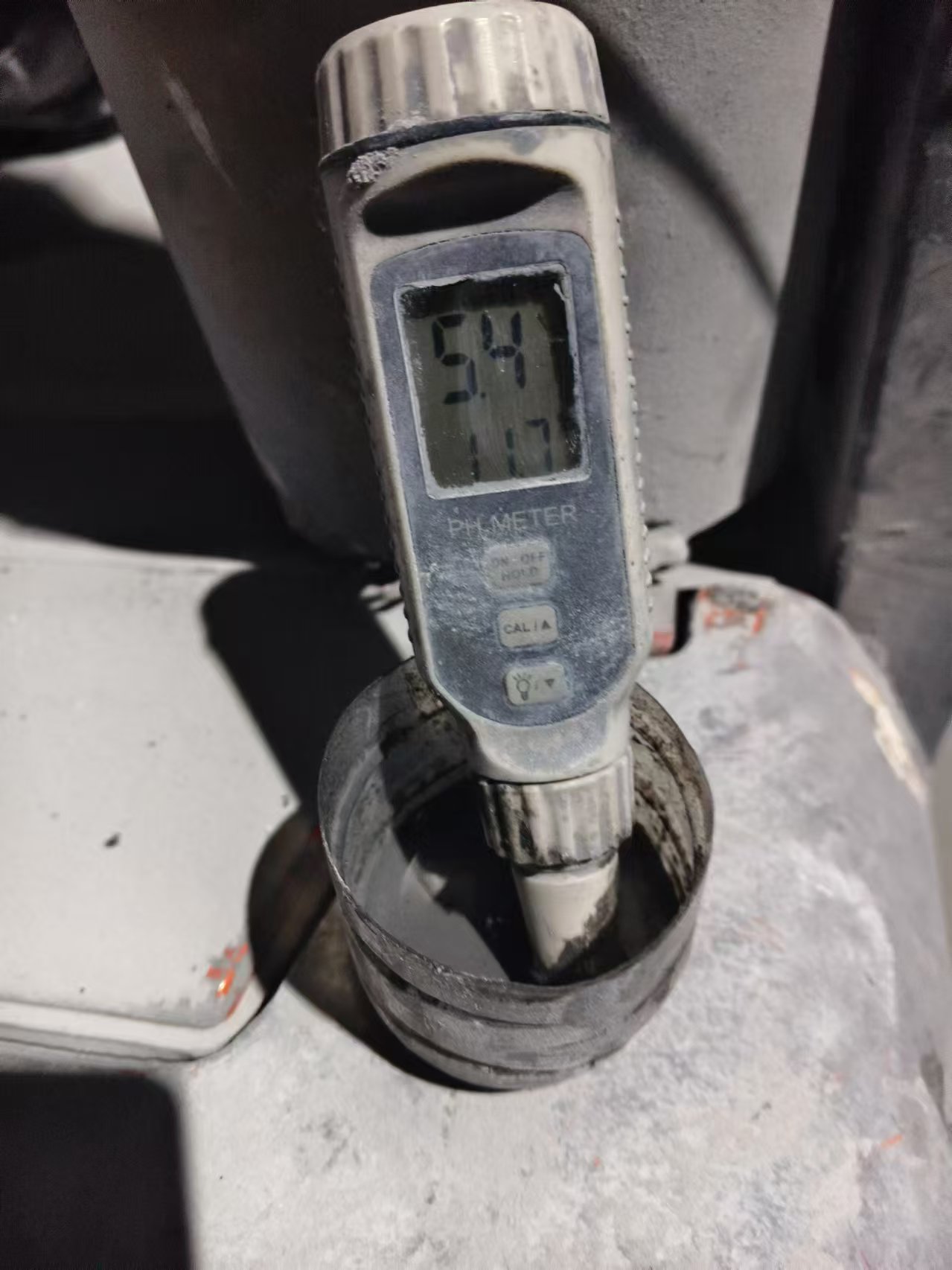Micro silica can significantly improve the microstructure of concrete, primarily in the following aspects:
A: Filling effect
1. Micro silica particles are extremely fine, with an average particle size of only a few tenths of that of cement particles. These tiny particles can fully fill the pores between cement particles and at the interfaces between cement paste and aggregates, significantly reducing the porosity of concrete and making its microstructure more compact.
2. Reducing the presence of large pores and refining the pore size distribution enhances the concrete’s water resistance and resistance to chemical corrosion.
B. Volcanic ash reaction
1. Micro silica has high reactivity and can rapidly undergo a volcanic ash reaction with calcium hydroxide produced during cement hydration. The resulting calcium-silica gel with a low calcium-to-silica ratio is more dense and stable than the hydration products of ordinary cement.
2. This gel not only fills pores but also enhances the bond strength between cement paste and aggregates, improving the structural integrity of the interface transition zone, resulting in a more uniform and continuous overall microstructure of the concrete.
C. Nucleation Effect
1. Micro silica provides numerous nucleation sites for cement hydration, accelerating the hydration process. This promotes the formation of more hydration products in the early stages of cement hydration, thereby enhancing the early strength of concrete.
2. Nucleation also results in a more uniform distribution of hydration products, further optimizing the microstructure of concrete.
In summary, Ewende micro silica effectively improves the microstructure of concrete through multiple mechanisms such as filling, pozzolanic reaction, and nucleation, thereby enhancing the performance and durability of concrete.








